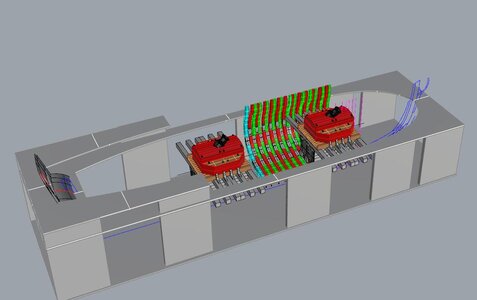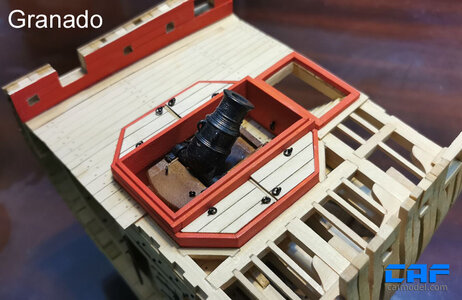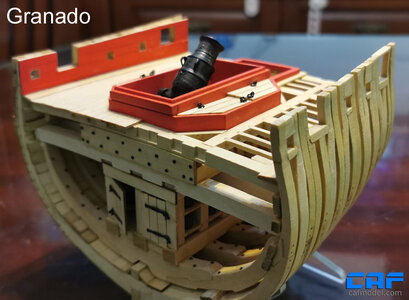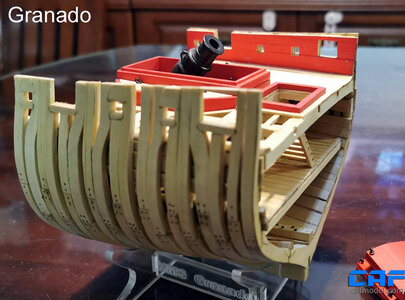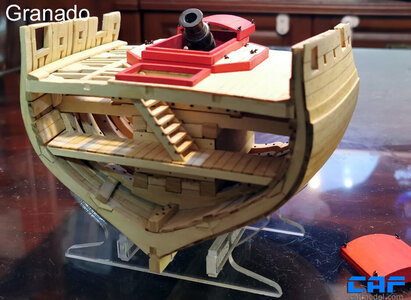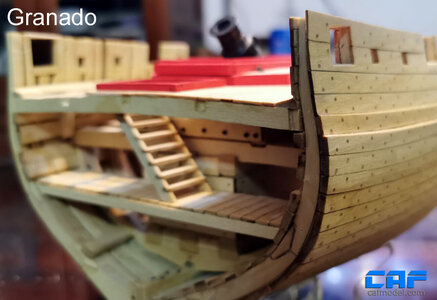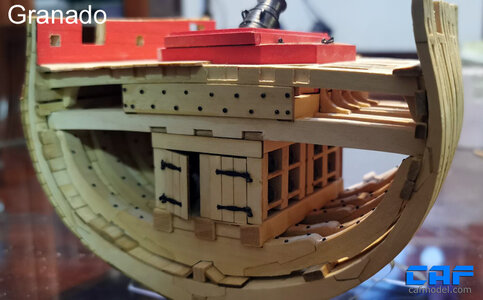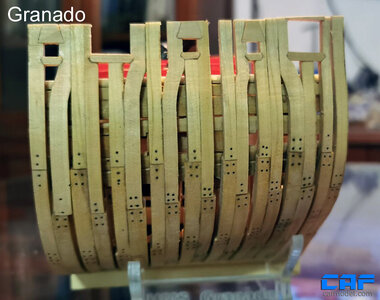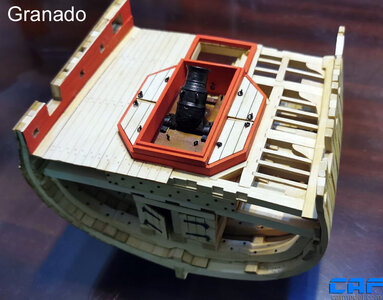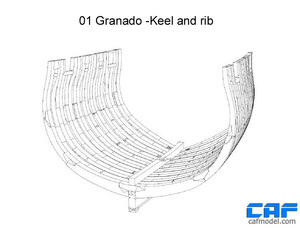-

Win a Free Custom Engraved Brass Coin!!!
As a way to introduce our brass coins to the community, we will raffle off a free coin during the month of August. Follow link ABOVE for instructions for entering.
You are using an out of date browser. It may not display this or other websites correctly.
You should upgrade or use an alternative browser.
You should upgrade or use an alternative browser.
Hi BrianHi Tom,
just reading through this thread and you have not specified the variety of timber thats being used.
Is it Castello boxwood, or a variety of Indonesian rainforest timber ?
This wood is not the boxwood I used to make wood carvings. (although the timber merchant said it was boxwood when selling it), it may belong to a variety of boxwood. Its wood is delicate and smooth, and has good toughness, which is no worse than that of boxwood. In the future, it will be widely used in the production,
I hope you like this wood
Tom
Truly remarkable. I am speechless.
I certainly do appreciate the CAD work that CAF is going here. I can say that I do CAD as well (at my office), but NOT to this degree. I wish to remind everyone how much work and dedication goes into producing these kits. It does not happen at the wink of an eye. We are just on the other side seeing the results, we are not on the producing side actually doing the work of design, research, CAD drawing, experimenting, and the like.
We often sit on the sideline and marvel. Rightly so. We should also be grateful that CAF is willing to show us the process and when he establishes the kit cost, then this should bring more appreciation to the fact that sometimes the cost should not be a factor. In other words, you get what you pay for and we should respect the amount of work that goes into a project.
We often sit on the sideline and marvel. Rightly so. We should also be grateful that CAF is willing to show us the process and when he establishes the kit cost, then this should bring more appreciation to the fact that sometimes the cost should not be a factor. In other words, you get what you pay for and we should respect the amount of work that goes into a project.
I like it very much 
We will later on have the problem to decide, how to present the mortar
"Ready for action" like shown here with completely dismantled cover
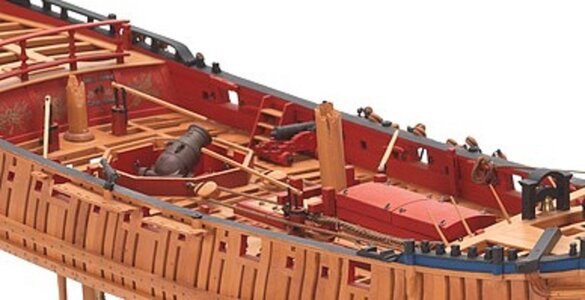

Excerpt from the NMM photos showing the known model
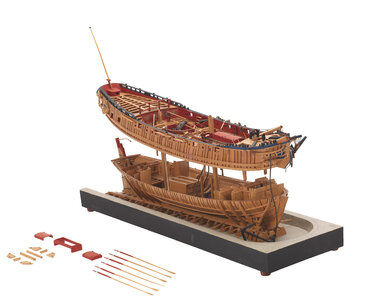
 collections.rmg.co.uk
collections.rmg.co.uk
or starting to prepare for action with partly dismantled cover, with mortar with 45° angle (like you show in your test model) or mortar still laying
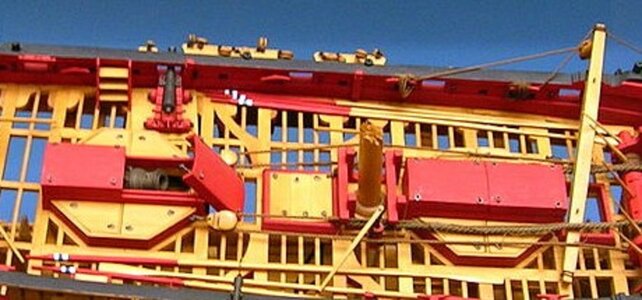
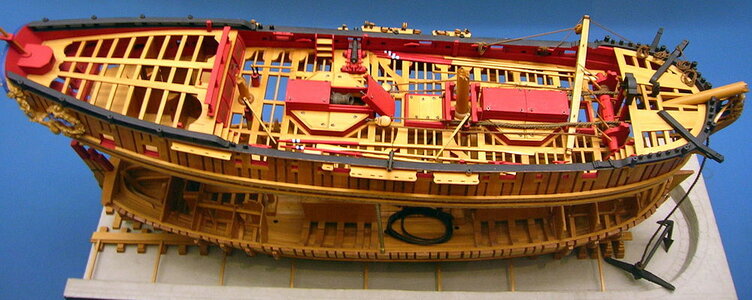
BTW: This is showing the same model of the NMM, which was built by Robert A. Lightley from Cape Town in the 70th
I think, also the section should and could be prepared in such a way, that you can change to status of the mortar like in the amazing model by Lightley
We will later on have the problem to decide, how to present the mortar
"Ready for action" like shown here with completely dismantled cover


Excerpt from the NMM photos showing the known model

Grenado (1742); Fighting vessel; Bomb vessel | Royal Museums Greenwich
or starting to prepare for action with partly dismantled cover, with mortar with 45° angle (like you show in your test model) or mortar still laying


BTW: This is showing the same model of the NMM, which was built by Robert A. Lightley from Cape Town in the 70th
I think, also the section should and could be prepared in such a way, that you can change to status of the mortar like in the amazing model by Lightley
In my last post I mentioned and showed the bomb vessel HMS Granado / Grenado model of Robert Lightley.
I have to state here an important fact:
The POF Lightley model has a simplified framing with double and single frames - the POF model of CAF is representing the real contemporary framing !!!!
And this will make the CAF model really unique
I have to state here an important fact:
The POF Lightley model has a simplified framing with double and single frames - the POF model of CAF is representing the real contemporary framing !!!!
And this will make the CAF model really unique
- Joined
- Oct 23, 2018
- Messages
- 863
- Points
- 403

Sorry Uwe, but I don't agree. The model shows not a simplified frameing. A double frame followed by two single frames is the English standard method for frameing. The modelbuilder has only simplified the thickness of the frames. Tom uses for the section only double frames as shown in Goodwins book on page 46.In my last post I mentioned and showed the bomb vessel HMS Granado / Grenado model of Robert Lightley.
I have to state here an important fact:
The POF Lightley model has a simplified framing with double and single frames - the POF model of CAF is representing the real contemporary framing !!!!
And this will make the CAF model really unique
I like the standard pattern for the frameing much more, which is shown at this beautyful model.
Hallo Christian,Sorry Uwe, but I don't agree. The model shows not a simplified frameing. A double frame followed by two single frames is the English standard method for frameing. The modelbuilder has only simplified the thickness of the frames. Tom uses for the section only double frames as shown in Goodwins book on page 46.
I like the standard pattern for the frameing much more, which is shown at this beautyful model.
based on your comment I took also once more the ATS Goodwin book into my hands.
The used wording "simplified" about the framing of Lightley model was not completely correct. I agree.
He used mainly the framing shown on page 48 / 49 with double and three single frames
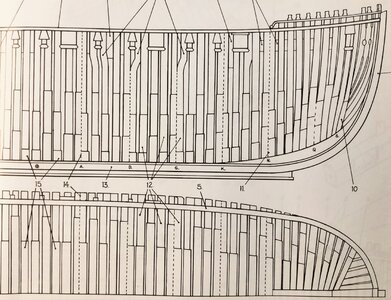
Tom / CAF is following the framing shown on page 46 / 47 with double frames
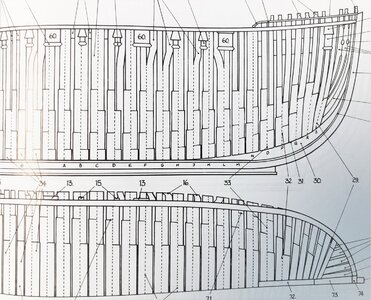
also in one of the following pages showing the "midship isometric projection" B4/5 is showing this double framing
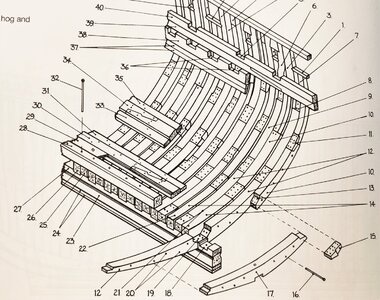
Goodwin was writing in the text, that both types of framing could have been used, although he is saying, that the double+single framing was more likely.
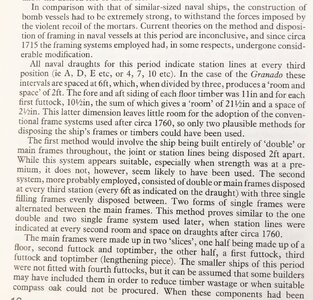
My wording was mainly used because CAF is showing the first time ever (I think) a model kit with canted lengthening pieces or top timbers, which Lightley did not show in his wonderful model. He used mainly one double frame with two single frames, so he made it different, but without the canted tops
I wanted to focus on this, and I am very happy, that one kit producer was developing with success this framing detail for the first time :
CAF model
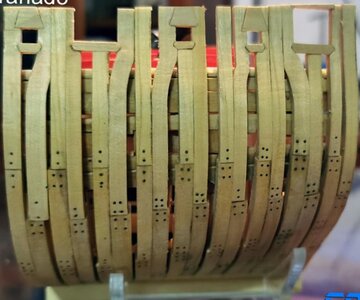
Goodwin:

- Joined
- Oct 23, 2018
- Messages
- 863
- Points
- 403

The question is always, what you like to show. If you plank parts of the hull it's a good idea to make things easier.
I have a Disposition of Frames drawing for HMS Anson, which shows a very complex design for the shifted timbers. If you plank the upper part of the hull you can simplify this and nobody will see it.
The frameing of such a model without an historic drawing or the knowledge of contract-details is always a question of an interpretation of different sources.
If you only use double frames you don't need the chocks between the timbers. It's a really small detail and not really visible.
I have a Disposition of Frames drawing for HMS Anson, which shows a very complex design for the shifted timbers. If you plank the upper part of the hull you can simplify this and nobody will see it.
The frameing of such a model without an historic drawing or the knowledge of contract-details is always a question of an interpretation of different sources.
If you only use double frames you don't need the chocks between the timbers. It's a really small detail and not really visible.
Kurt Konrath
Kurt Konrath
Now now kids, quite fussing at each others work.....
- Joined
- Oct 23, 2018
- Messages
- 863
- Points
- 403

Kurt,
no worry. I like and respect the work of Tom and also of the other modelbuilders. It's only a discussion of the different possibilities to design a POF
no worry. I like and respect the work of Tom and also of the other modelbuilders. It's only a discussion of the different possibilities to design a POF
The attachment is not working, at least for me.
?? on attachment. I just see arrows & folder icons.
The attachment is not working, at least for me.
?? on attachment. I just see arrows & folder icons.
The content was posted on a wrong place, so I edited the post from Tom with the correct content, so check the post #134 of this topic
For everybody interested:
If you download the attachment you can open it as a 3D-pdf and you can rotate the complete framing - very interesting to see
If you download the attachment you can open it as a 3D-pdf and you can rotate the complete framing - very interesting to see


